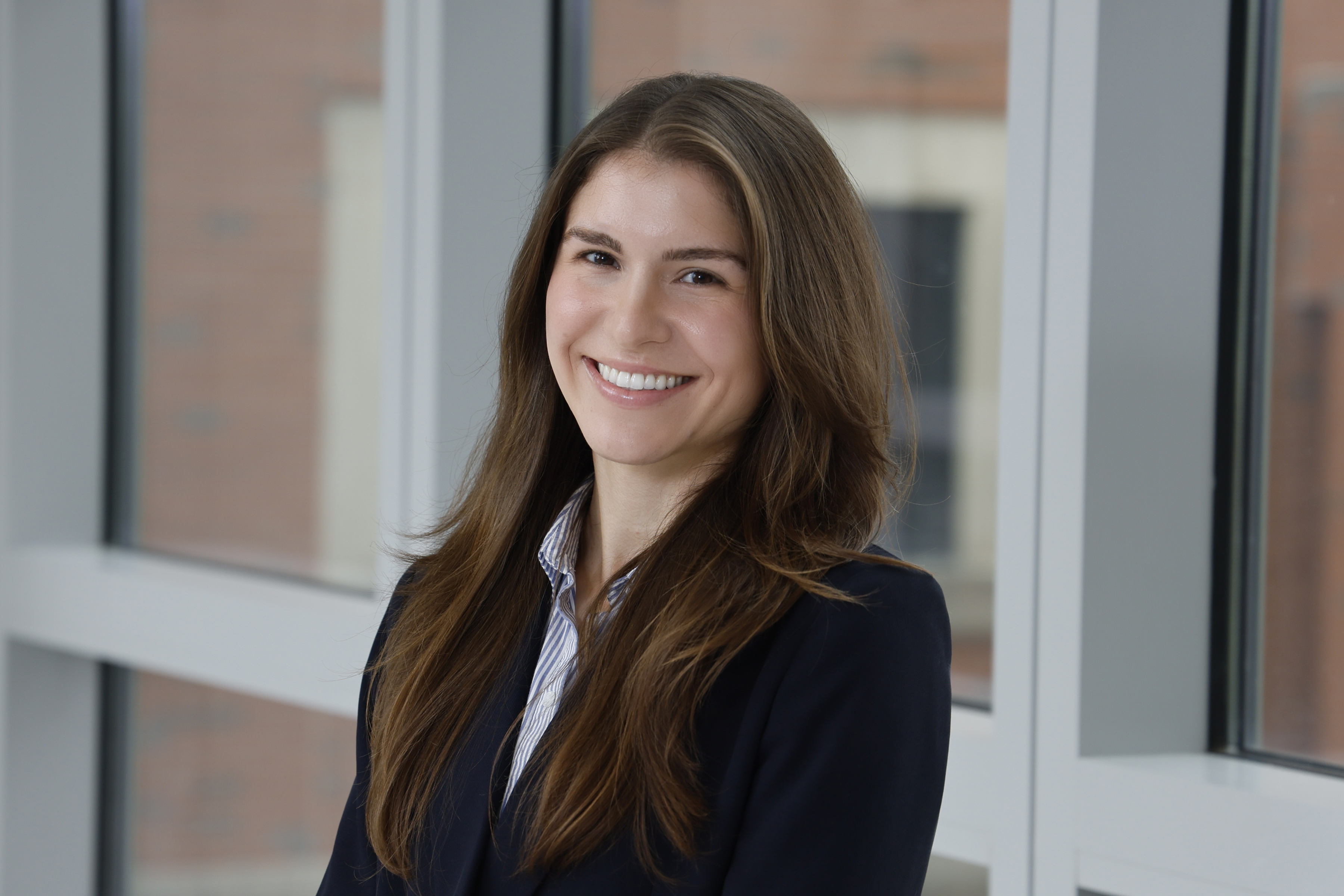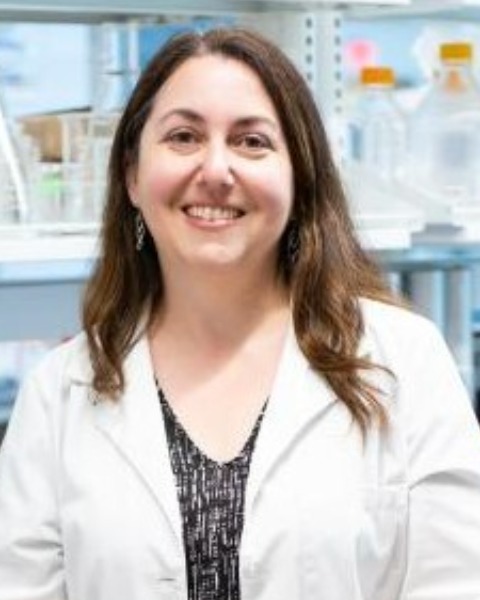Drug Delivery
Drug Delivery - Poster Session A & B
U44 - Hydrogel delivery of bacteriophages for the treatment of biofilms in chronic wounds.
Thursday, October 9, 2025
10:00 AM - 11:00 AM PDT
Location: Exhibit Hall F, G & H

Katarina Sikiric
Graduate Research Associate
The Ohio State University
Columbus, Ohio, United States
Katelyn E. Swindle Reilly, PhD
Associate Professor & Associate Chair
The Ohio State University
Columbus, Ohio, United States
Presenting Author(s)
Co-Author(s)
Introduction: : Chronic wounds are a major global health challenge, necessitating the development of additional effective and innovative therapies. Current treatment standards include wound flushing, dressings, and antibiotics. Yet, these treatments often fail to restore the tissue to its original structural and functional integrity. A major factor contributing to the chronicity of these wounds is colonization by bacterial biofilms, multicellular communities that form their own protective matrix to evade both antimicrobials and the immune system. One of the most problematic biofilm-forming pathogens is Pseudomonas aeruginosa, given its intrinsic antibiotic resistance, secretion of cytotoxic compounds, and ability to rapidly colonize wounds. The emergence of multidrug-resistant P. aeruginosa strains has further restricted the effectiveness of available therapeutic options. Bacteriophage, or phage, therapy provides a formidable alternative, offering strain-specific targeting, the ability to overcome antibiotic resistance, and minimal cytotoxicity. However, chronic wound environments pose significant challenges for phage therapy, including rapid phage inactivation by wound exudate enzymes, pH fluctuations, and immune clearance. Furthermore, sustained delivery of phages is favorable to reduce the need for frequent dressing changes. Hydrogels are one of the most common dressings for chronic wounds, and their tunable properties allow for sustained, controlled release of phages directly at infection sites, ensuring prolonged stability and therapeutic activity. Despite encouraging preliminary work, there is a critical lack of systematic studies examining phage stability, diffusion, and infectivity within hydrogels. Our research addresses these gaps by developing and thoroughly evaluating phage-hydrogel formulations as an alternative treatment for biofilm-associated chronic wounds.
Materials and
Methods: : We are developing a standardized platform to evaluate phage-hydrogel formulations for treating Pseudomonas aeruginosa infections. Using a 20% Pluronic F-127 hydrogel loaded with ΦKMV bacteriophage, we conducted stability, diffusion, and bactericidal activity assays, including zone of inhibition (ZOI), optical density-based kinetics, and long-term storage at multiple temperatures. Phage viability was tested in various buffers, clinical wound exudate, and biofilm-relevant conditions. Confocal laser scanning microscopy (CLSM), scanning electron microscopy (SEM), and rheology will be used to characterize phage distribution, diffusion, and hydrogel properties.
This methodology is currently being expanded to test additional polymers (e.g., PVP, HPMC, PVA), buffers, phage morphologies (i.e., Podoviridae, Siphoviridae, Myoviridae), and P. aeruginosa strains, including multidrug-resistant (MDR) isolates and biofilm-deficient mutants. We maintain phage concentrations at 10⁹–10¹⁰ PFU/mL and multiplicities of infection (MOIs) of 0.1–10 for optimized infection kinetics. Promising formulations will be compared to hydrogels loaded with clinically relevant antibiotics and tested alone or in combination, assessing bactericidal effects using our original methods and evaluating synergistic/antagonistic effects using checkerboard assays. Antibiofilm efficacy is further evaluated using a PTFE bead biofilm model and an ex vivo engineered human skin model that includes In Vivo Imaging System (IVIS) imaging, colony- and plaque-forming unit (CFU and PFU) quantification, and histology.
Results, Conclusions, and Discussions:: Phages retained stability and activity in multiple nonionic hydrogel formulations, including 20% PF-127, 15% polyvinylpyrrolidone (PVP), and 2% hydroxypropyl methylcellulose (HPMC). Across pH 4.0–10.0, clinical wound exudate, and 24-hour incubations at 37°C, phage titers remained unchanged. Long-term assessments showed stable concentrations through 4 weeks, with only a 1-log reduction by 8 weeks. Phage activity within PF-127 hydrogels paralleled free phage in buffer, as shown by ZOI assays and lysis kinetics. Diffusion studies revealed a short delay in release, but phage concentration and bactericidal effect matched controls by 1 hour. Using engineered skin (ES) conduits, we established an infection model to test our hydrogels and found that P. aeruginosa PAO1 causes substantial tissue damage and proliferation. Histological analysis confirmed progressive tissue degradation in PAO1-infected ES, with a 6-hour post-infection window identified as optimal for assessing early phage intervention.
These findings suggest that nonionic hydrogels, particularly PF-127, PVP, and HPMC, support both stability and therapeutic activity of phages, offering a promising vehicle for wound treatment. The controlled-release profile of PF127 may reduce side effects associated with rapid bacterial lysis and supports prolonged antimicrobial exposure. Moving forward, we will expand our evaluations to include additional polymers, phage candidates, P. aeruginosa strains, and antibiotic-loaded hydrogels. The most effective formulations will be advanced to testing in a murine chronic wound model. Across all stages, we aim to identify formulations that optimize sustained phage delivery, antibacterial efficacy, and compatibility with host tissues. This work will inform the design of next-generation phage therapies for chronic wound infections.
Acknowledgements and/or References (Optional)::
